0 Comments
No Object My studio is a 1966 council flat that has no domestic furnishings. I invited visitors to bring an object from home and to tell me a story. Many thanks to visitors and participants in No Object. You brought my studio to life for a day with your stories about a milk and marmalade pot, harmonica, Big Ted, Aboriginal art and 8mm projector. Together we made the film, No Object. Event comments Nahid, Silchester estate resident: "Amazing insight to the area I've been living in for over 30 years." Neil Hobbs: "What a wonderful project. I hope this is happening all over London. If not, why not? This social history is so very important and should be recorded." Lucilla Nitto, photographer and W10 resident: "Very interesting mix of space and art. Well done!" No Object was held as part of the Portobello Film Festival and consisted of:
Exhibition notes The gritty streets and houses of North Kensington have attracted film makers since the 1950s. In The Blue Lamp (1950) a classic cops and robbers car chase along Ladbroke Grove ends with a car crash near Latimer Road. In the following year, Ealing Studios, provided a neat comic variation to the chase. In The Lavender Hill Mob, two police cars crash at the juncture of Bramley Road and Latimer Road outside the Bramley Arms. Their car radio antenna become entwined. The resulting incongruous broadcast of “Old Macdonald had a farm and on this farm he had a pig” resonates deeply with the history of the area, noted for its pig farming in the 19th century. This part of the Hill is known locally as Notting Barns or Dale. It consolidated its seedy reputation as a “slum” with four days of race riots in 1958. Ethnic tension would feature in Sapphire (1959) with a scene directly culled from press accounts of the riots. A black suspect is chased by the law from a club in Shepherds Bush and is assaulted by Teddy Boys in Notting Dale. He is saved by the actions of a local grocer woman. Fact made fiction. The race riots provided a poetic framework for the book Absolute Beginners (1959) written by Colin MacInnes. In this seminal novel about the youth culture of the day, the writer had this to say about the area: “A long, lean road called Latimer road which I particularly want you to remember, because out of this road, like horrible tits dangling from a lean old sow, there hang a whole festoon of what I think must really be the sinisterest highways in our city, well, just listen to their names: Blechynden, Silchester, Walmer, Testerton and Bramley..........and there’s only one thing to do with them, absolutely one, which is to pull them down till not a one’s left standing up.” This was a prophetic statement as the houses and streets were all torn down for the building of the Westway (A40) and council estates in the 1960s. A musical adaption of Absolute Beginners was made in 1986 featuring David Bowie. Kitchen sink dramas of the 1960s would also tap into the poverty and housing inequalities of the area. When Bette Davis visits run down Walmer Road in the 1965 film Nanny, she discovers her estranged daughter is dead. A result of a back street abortion gone horribly wrong. This pushes her character over the gothic edge. Far more sinister happenings would take place at nearby 10 Rillington Place. John Christie, the serial killer, would offer deadly medical assistance to vulnerable women. The late Richard Attenborough powerfully conveyed Christie in the 1971 film version of the case. With the building of the Westway and the estates, new possibilities for filming road sequences would appear. When Hammer made The Satanic Rites of Dracula (1972), it seemed fitting that they should use the redeveloped Bard Road, just off Freston Road (formerly Latimer Road). This was and is a dead end road behind the Harrow Club. In the film, two biking Hells Angels trail a secret service woman and kidnap her at this point of no return. Radio On (1979) came out of left field. A black and white film about alienation and featuring the modern existential drive. Not at street level, but above on the turbo charged Westway. Adulthood made in 2008 by a new class of film maker, Noel Clarke, captures all the angst of life on an imaginary estate. The culture of young people who are trapped in the vicious cycle of gang crime. The police from The Blue Lamp are nowhere to be trusted or respected. The bad guys are the good guys you root for. The film uses locations in North Kensington that could be located in Silchester or Lancaster West Estate; these stand on either side of Bramley Road and Latimer Tube Station. This council flat at 7 Shalfleet Drive is part of the 40 year old Silchester estate. It will be demolished in January 2015 to make way for mixed-tenure housing. As resident artist based here, I will be making a film project about the new housing development and the new community that is forming here. Looking to the future, I wonder what films will be made in this area over the next 50 years. Will they replay good cops, bad cops? Will poverty and housing issues still feature? Will more diverse multi-cultural voices be heard? Will there be estates dominated by a new middle-class criminal? Will the narrative film form, the staple of generations, become obsolete in the new social media age? Leo The Last art project Leo The Last is the definitive local film that resonates with the themes of my residency: housing, architecture, film. Leo The Last was directed by John Boorman in 1969, between his Hollywood films, Point Blank and Deliverance. The story concerns a European aristocratic landlord who moves into a slum area of Notting Hill and becomes radicalised by his oppressed West Indian residents. The film is an experimental adaption of a stage play and Boorman chose the location because of family links with the area. Uniquely, the design team were able to use a local road, Testerton Street, prior to its regeneration into the Lancaster West Estate. Nearly all of the residents had been moved out and Boorman was able to paint all the houses and road black. This created the unique monochrome colour palette in the film. A false house was built across Testerton Street. This was the stuccoed white house for the central character. In the archive, I came across the touching story of one couple, still living on the road at No 27 and waiting to be rehoused. Arthur and Grace Clark refused the offer of £50 to have their terrace house sprayed black. “We could do with the money really,” said Mrs Clark, who had lived all her life in the house. “But if we agreed to let them paint our house, the vandals would get busy, as they would think it’s empty.” I am working with the V&A Museum to screen the film for residents at Silchester and Lancaster West Estate. They will then help me to make a ceramic installation based on images from the film.
It might not be the final frontier. But this blog entry begins and ends with space. The big bang of the widescreen, large format and panoramic. A location for an artist to perform and connect with people. The contested politics of space, building homes and forging communities. First stop. Let me beam you to my non residential artist's studio. All artists cry and bleed for a space. This is nothing new. East London currently rules the roost, but in the past artists would look to this stretch, west of London, for verdant grass and fresh air. William Mulready was one of the first artists to settle in Kensington in the first decade of the 19th century. He shared digs with fellow artist John Linnell at Kensington Gravel Pits and then had a studio house built for him in 1827 at Linden Grove (now gardens, the house is no longer extant). This was during the first wave of development for the Ladbroke Estate and Mulready lived here for the remainder of his life. Nearly forty years later, Nathaniel Westlake, having just converted to catholicism, has his architect friend, John Francis Bentley, design a house for him in Notting Barns. Westlake did not stay here for long. We can perhaps speculate this is because the area developed into one of the worst slums in London. His house is still standing and looks out of place next to the Lancaster West Estate. Mulready and Westlake are both closely associated with the birth of the V&A Museum and have work on display. In terms of art, studio space and the V&A, I am following in their footsteps; more of this anon. During my V&A Community Artist residency, I have that precious commodity for an artist, studio space. I am not based at the museum like the other resident artists. I am a tenant of a flat whose rooms can be sculpted, wallpapered, improvised. It's an in-between space, a former council property, that will become part of a mixed tenure housing. No one will care if I artistically trash it as demolition is due next year. I'm conscious of being the last in line. Leo The Last. The last house demolished. I've explored these in previous art projects. Now. I'm living out my very own kitchen sink drama. What about the medium or mixed media of space? Artists are always grappling with this technical consideration, whether it's processing on a computer or via more traditional craft techniques. I usually compose an image through a viewfinder of a camera or a sketchbook often leading to 16x20 inch drawings; this is a legacy of working with photo paper formats in a darkroom. There are also multiple dimensions to my residency: how art relates to community and housing and architecture. As I want to share and encourage others to participant in these processes, I need to think big as in large scale. This is new to me and will present its own set of challenges. I also need to engage with my immediate neighbours on the street, residents in the estate, people in the ward, across the borough. An audience that might not understand "art" or perhaps even know who the V&A are. As I begin, so I end. Everything is hurtling towards a date in January or February 2015 with an end of residency event at the V&A. This is in the lunch room for visitors to the learning centre. However being the V&A it is no ordinary lunch room. It has a cinematic sweep, certainly from the top down. Even wall lined cupboards gets one thinking of spaces within space. I'm looking at constructing panoramic displays here, perhaps of the Silchester and Lancaster West Estate and its residents. This will include film of the new housing development taking place and the new community that is forming. Also perhaps a representation of the Westway (A40), a built structure that dominates this area of North Kensington. Can I also chuck in some "stain-glass" imagery for the aesthetic thrill? On August 18th I hosted an open day bringing some of these issues into focus. I did wonder how many people I could safely fit into the studio flat and its 4 spaces (20 comfortably at peak capacity). It was a good idea to convert a large store room into a history room with archive maps and images. In total, I had 60 plus visitors. Delighted to see my neighbours on Shalfleet Drive popping in to see what all the fuss was about. This is important as I plan on working with them on a film project. There was a group visit from Open Age who took to my live drawing like ducks to water. Great to see old colleagues, including Adam Ritchie who was pivotal in establishing the community ethos for the Westway and the building of play spaces for children in the 1960s. The Mayor of RBKC Maighread Condon-Simmonds also paid a visit. She is a charming lady, really down to earth and digs the complex layered history of this area. In her thank you letter, she chimed in with my thoughts about the challenges of space: "You have made a truly interesting display in such a small space.....The north of the borough has so much more space than the south and it is good to see the new developments with good quality homes." For the exhibition, I also created a drawing installation called House with 40 Rooms. In each room there was an object. These objects were all from the V&A. I invited participants to use words or images in response to the objects in the rooms. Local resident, Maggie Tyler, wrote the following about her drawing: "I used to look out at a Stag's Horn tree and a round window in the wall of the house at the end of the garden. At night, I would see the silhouette of the foxes walking along the top of the wall past the round window. Then! The Neighbour moved out and the new neighbour built an extension. A modern extension that covered and destroyed the round window. The tree fell down and the view has changed. I now look at a modern box!" A few days later, I opened my studio during the rain-sodden Notting hill carnival. Sheltering outside my flat, I took pity on a group of performers and invited them in. Amos has been taking part in the carnival for over 15 years and we chatted about its history which is reflected in art work on display. New residents moving into More West from 2015 (once the flat is demolished and new housing built) will find they are on the western edge of the processional route. There is intense debate about the future of the carnival. Is it too big for the streets of Notting Hill? Cllr. Eve Allison, who has ancestral roots in the Carribean, believes there are compelling reasons for relocating the carnival to a larger green space. This would be a tremendous loss to the area and signal a departure that the carnival has lost its community connection. Down at the V&A, I've been reflecting on this and artistic precedents for panoramic art. Nathaniel Weslake has large upright stain glass and oil paintings (with associated mosaic) on display. I've previously commented on his smashing stain glass. This time I'm checking out his contribution to the Valhalla portraits. It seems apt that Westlake should choose as his artistic role model, Fra Beato Giacomo da Ulma (d.1517), a Dominican Friar who painted on glass at Bologna and is an obscure figure in the series. As Westlake did for da Ulma, I will likewise do for Westlake. Celebrate the art and allow this to percolate into my practice. This means moving into unfamiliar territory, but I'm up for the challenge. I can start digitally with photoshop and a literal following in the footsteps (see image below!) This is a simple tool to collage ideas and feelings about the construction of a pictorial landscape. Just the first step in a process of ongoing experimentation that will probably morph into craft and film. In the prints and study room, I perused an 1801 plan for a panorama in Leicester Square. This was presented as various walking and viewing points in a space shaped by architect and painter. Ingenious. I also marvelled at the skill employed in a fold-out book made to commemorate the Funeral Procession of the Duke of Wellington in 1852. It was made by Samuel Henry Alken and George Augustus Sala. The pomp and circumstance of this stately occasion made an interesting contrast to the recent carnival floats that passed by my studio. It connects with previous thoughts about creating work that fuses the historic with the contemporary. My art musing is only of interest when it translates into practical application. How to use art to look at the urban environment, the community spaces around my studio and the homes that residents have made here? How high rise residents perceive the new developments taking place below them? How residents in the shadow of taller structures respond to changes in light and air quality as the sun climbs and then dips into the West? How do I create a space for public participation in the process of making art? How will others want to comment on the world around them? I need to bear in mind that this might not necessarily tally with how I view the world. How will art be elegantly displayed for a follow-up activity of engagement? Can I bring this all together at the V&A lunch room as food for thought? I don't particularly want to end on a question, so offer this as a postscript.
I'm being managed by Laura Southall in the Learning Department and it was great to meet more of the team. I set them a 10 minute challenge to make some sculptural forms and showed them a few examples. If they ended up making a posh version of a paper aeroplane, that would be fine. Dah! They do all work for the V&A, pre-eminent design and art museum. Fold, tear and sellotape. Horizons west. Feels good. |
Categories
All
Archives
May 2024
|


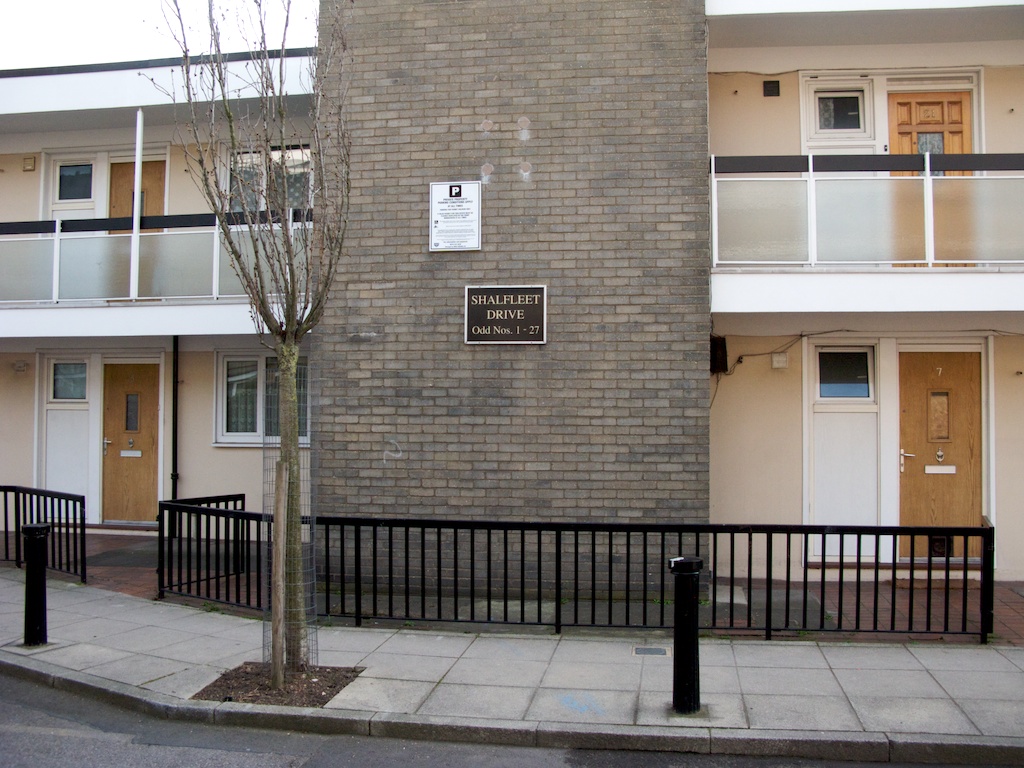
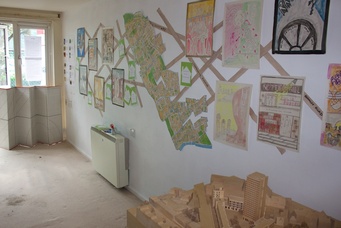
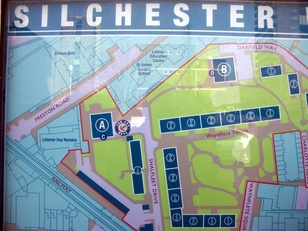
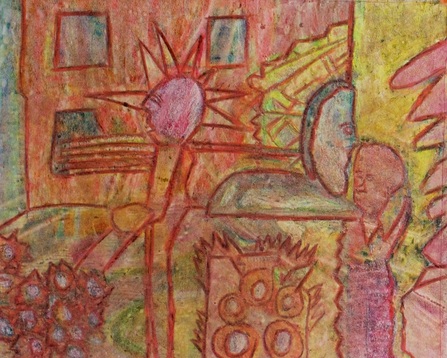





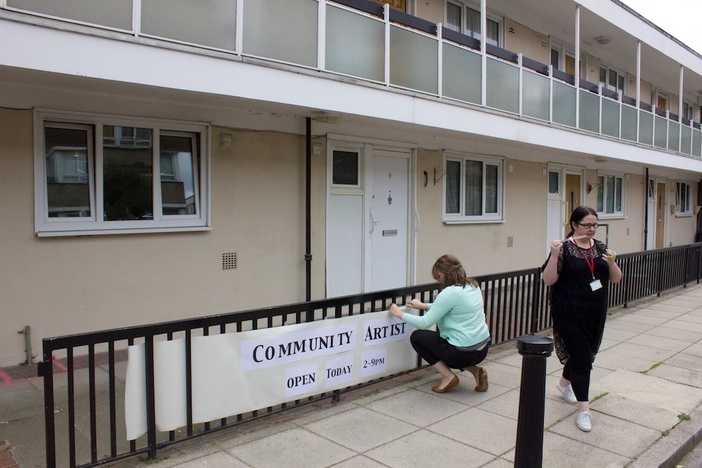
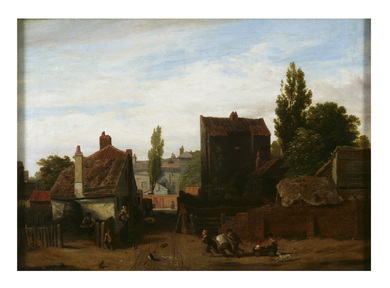
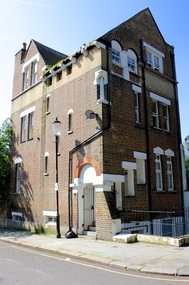
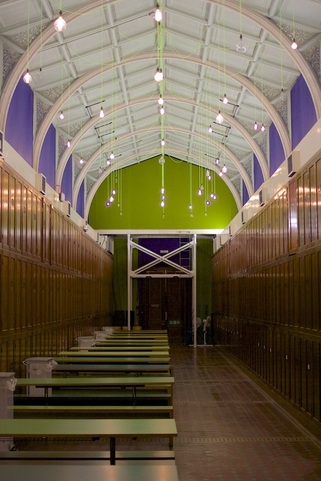
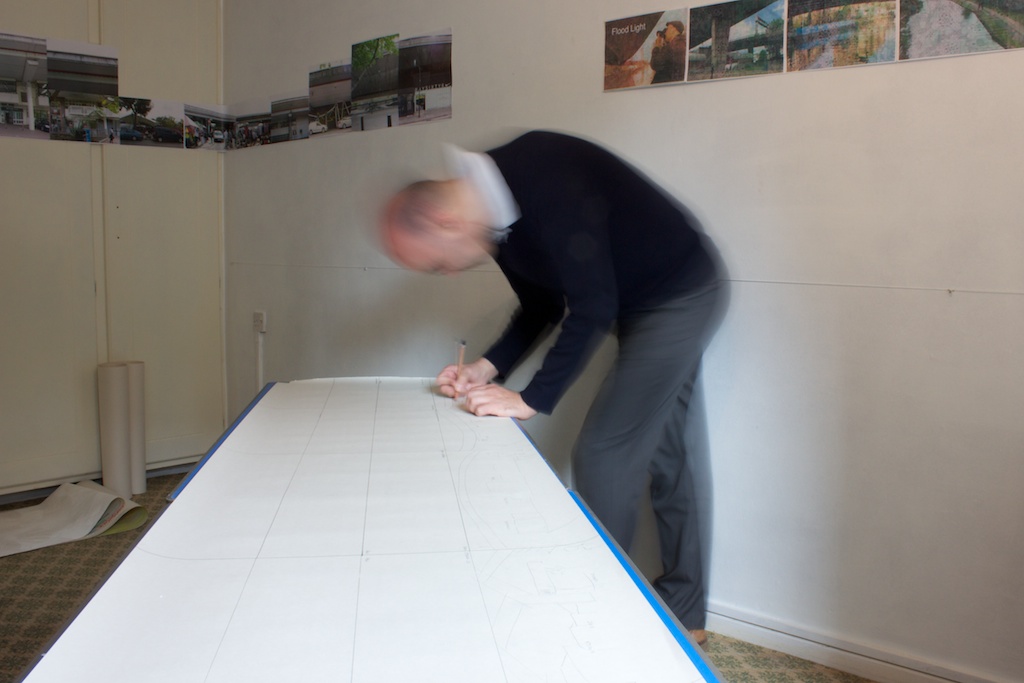
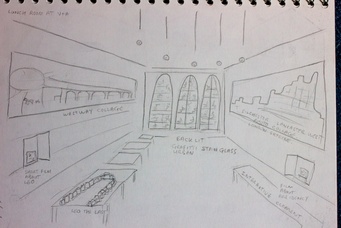
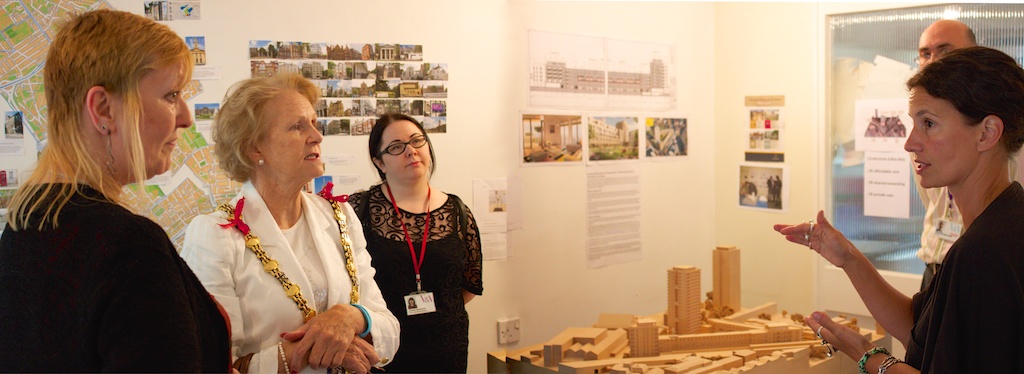
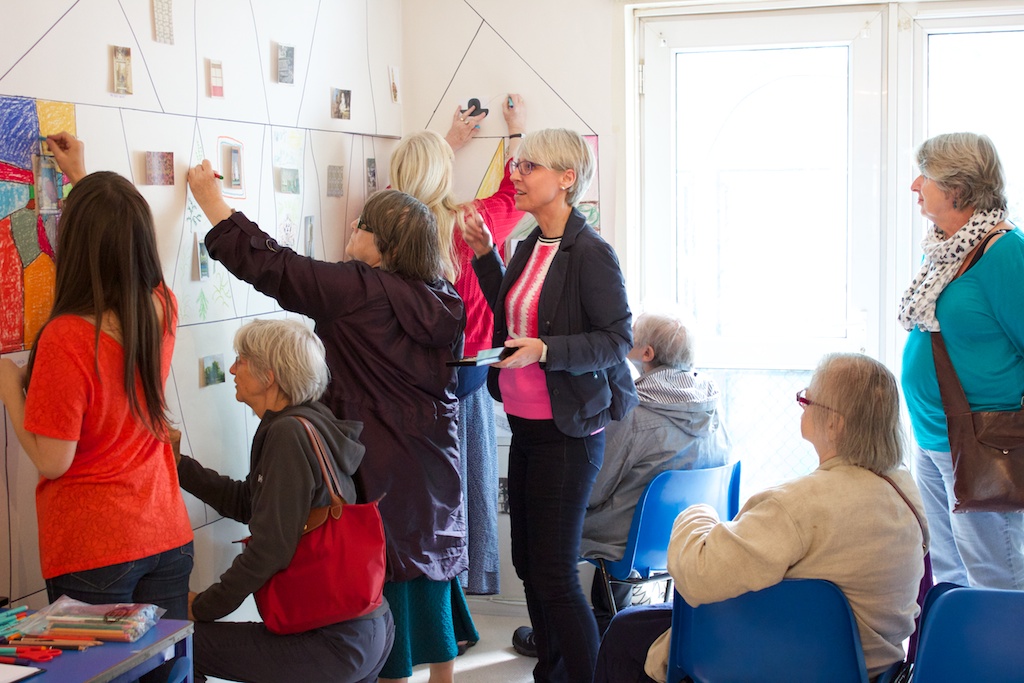
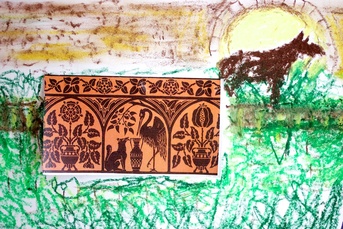
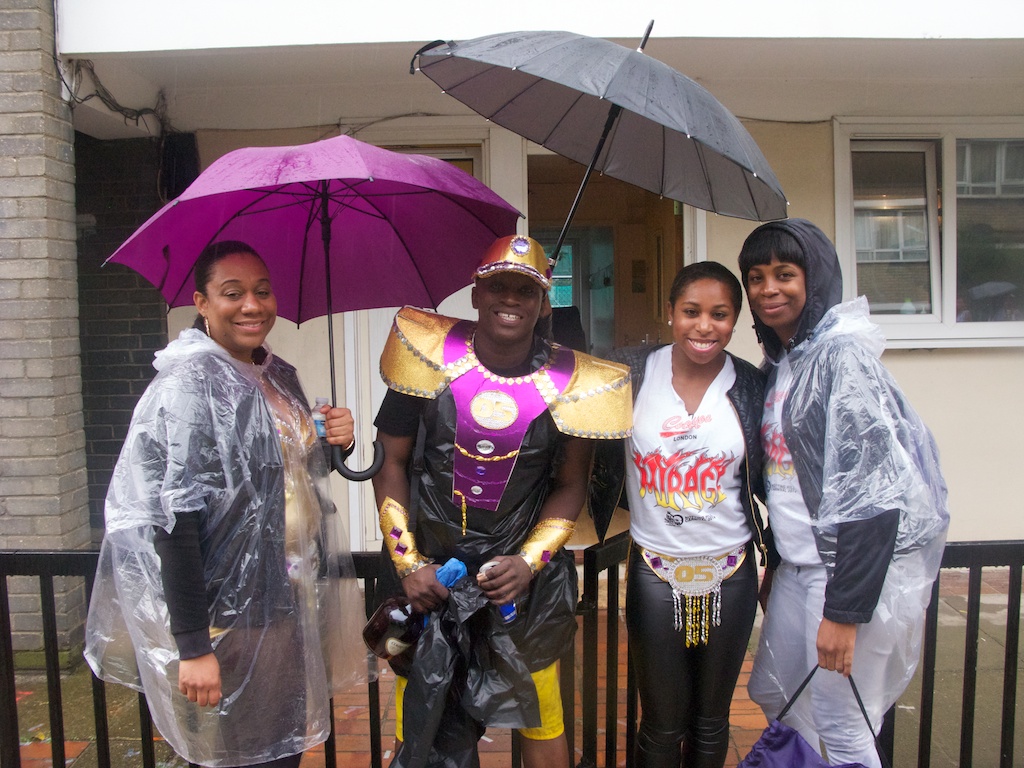
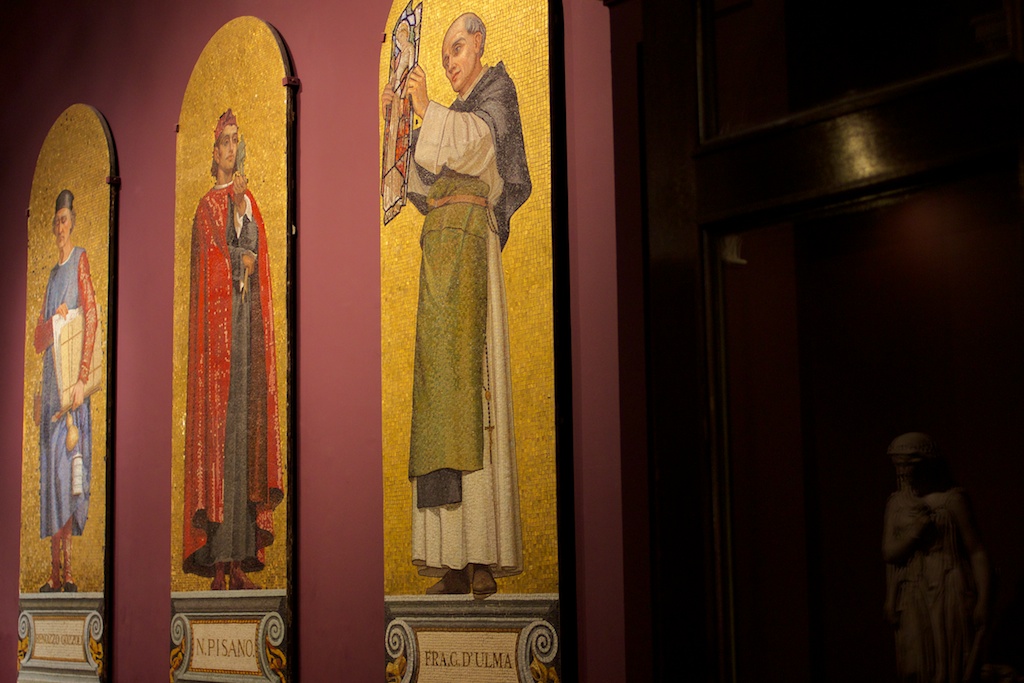

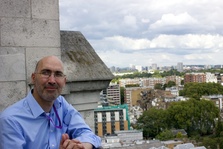

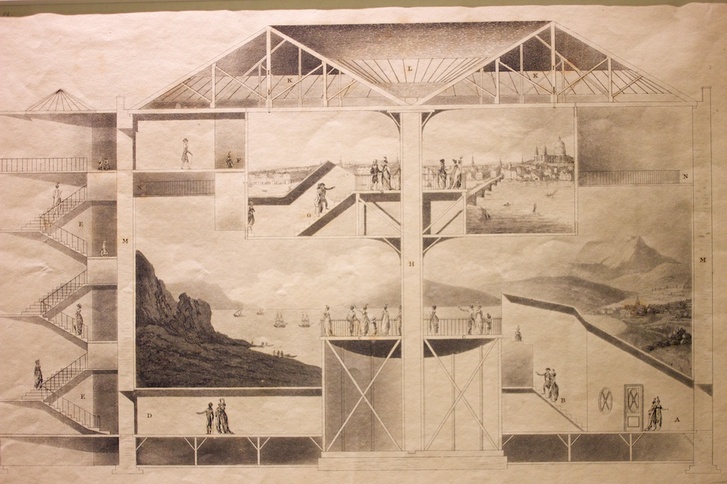

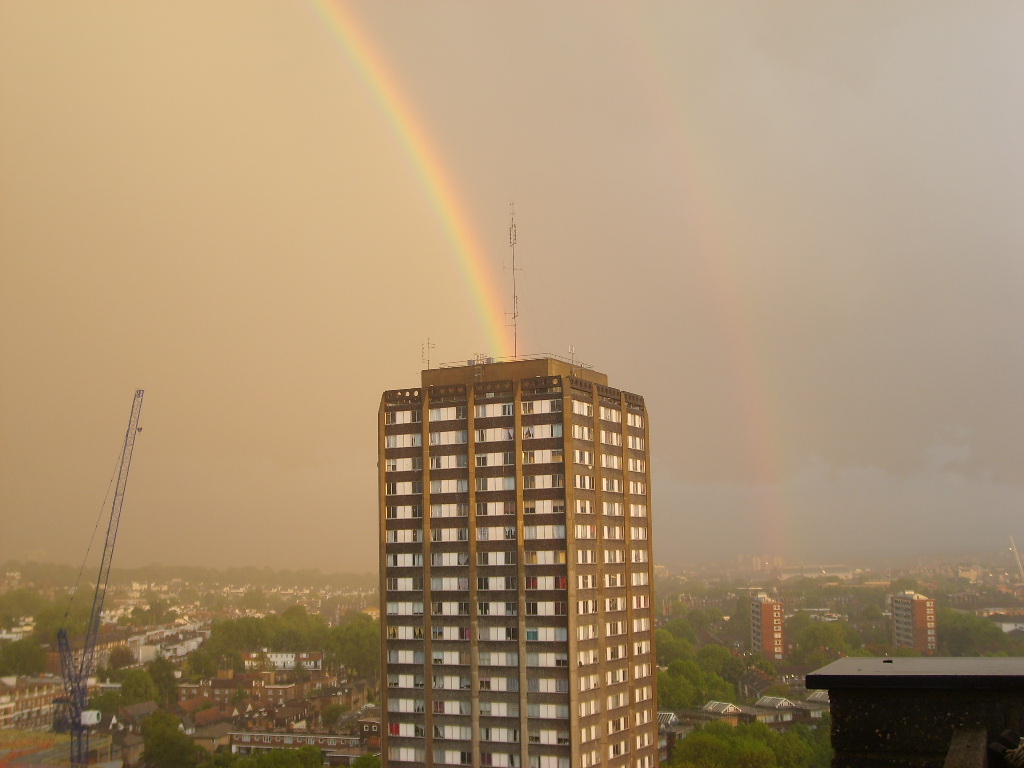
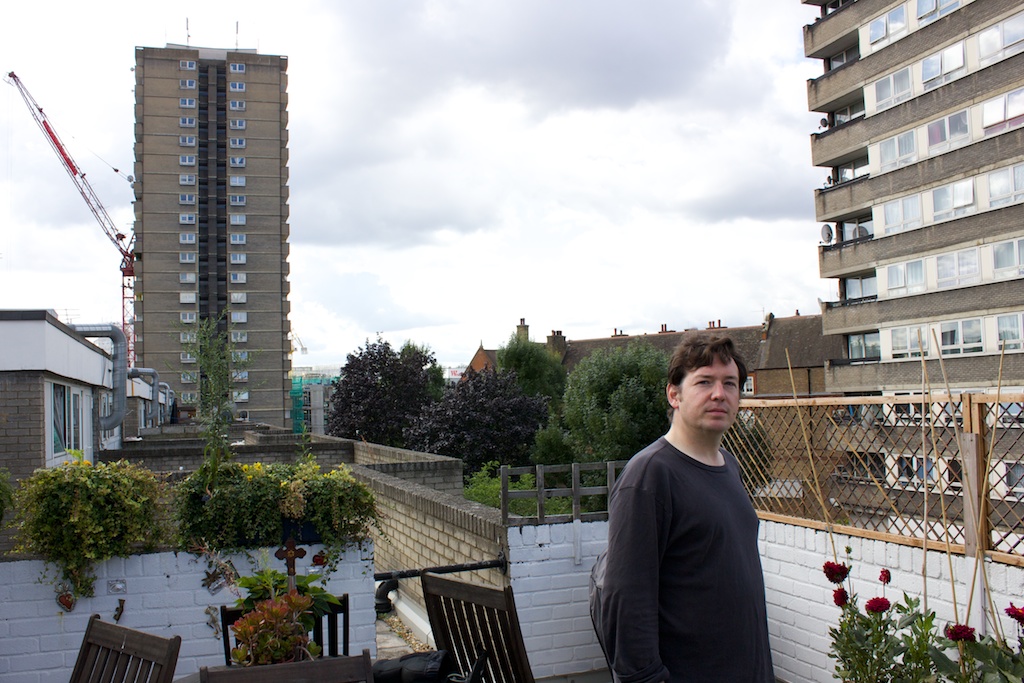
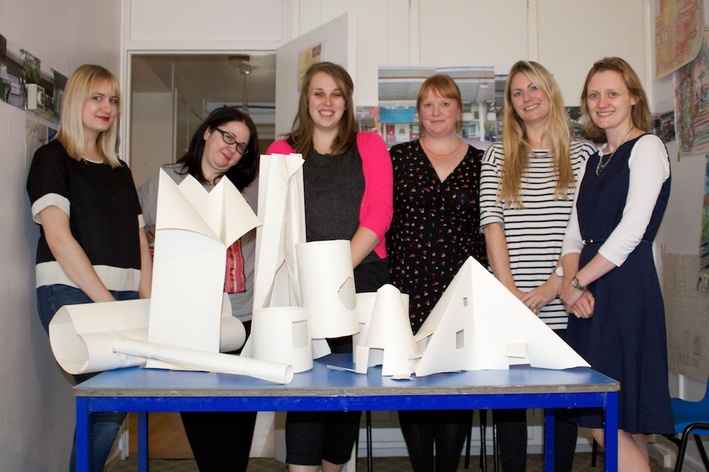
 RSS Feed
RSS Feed
